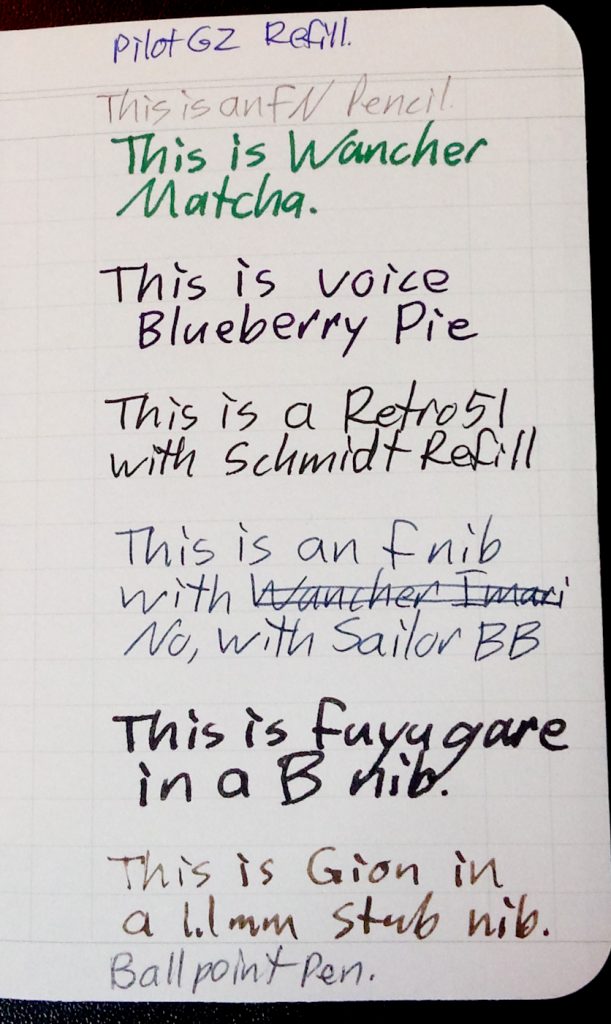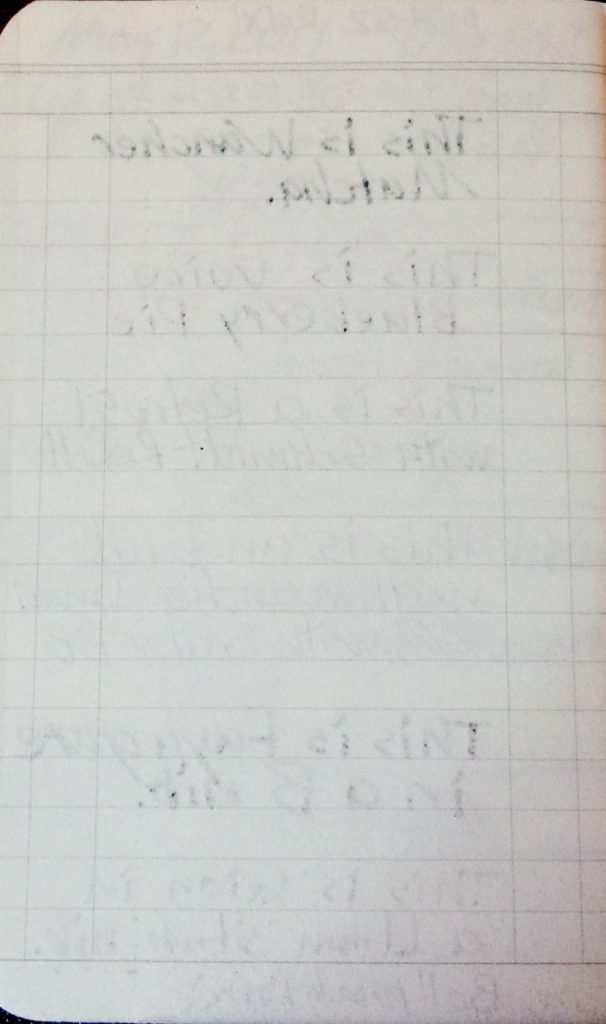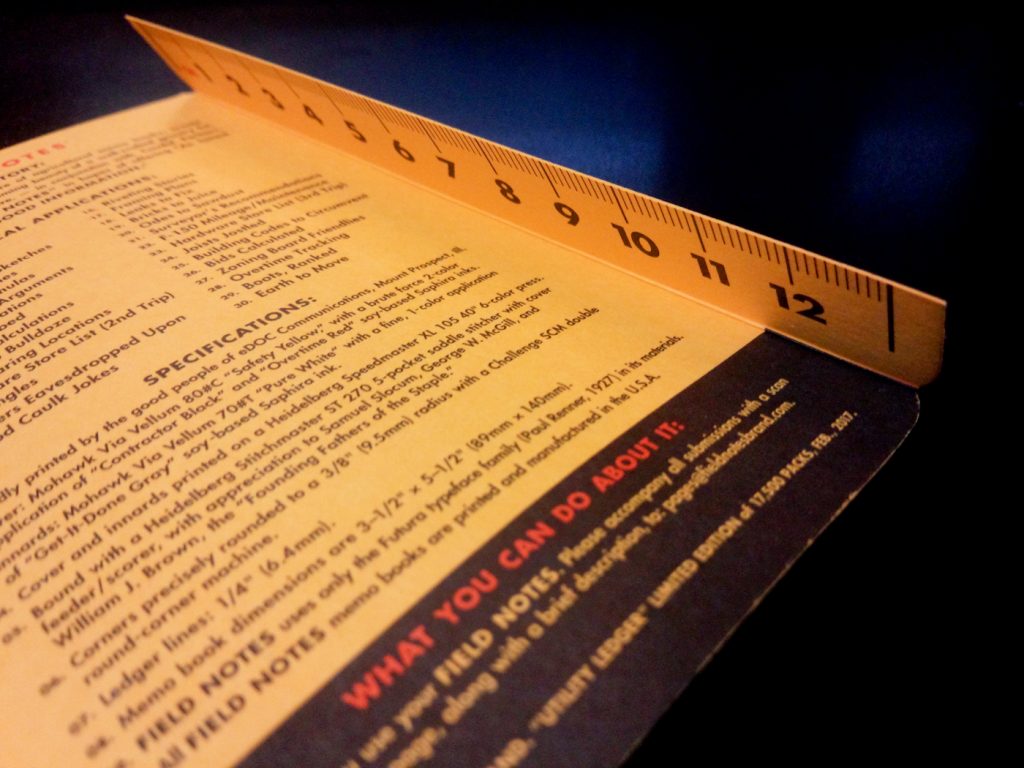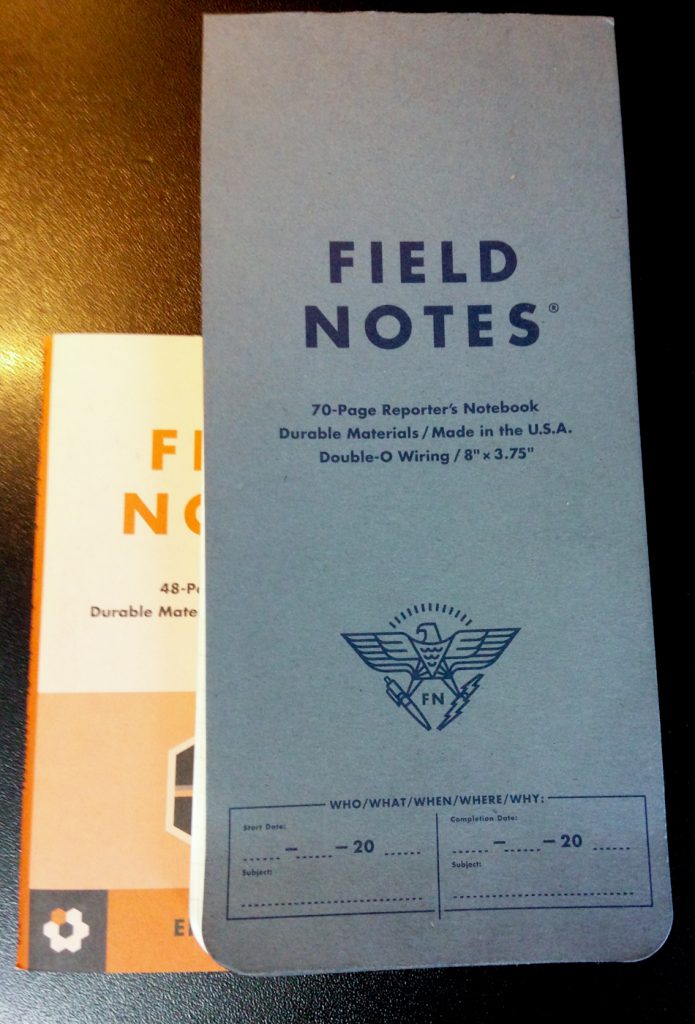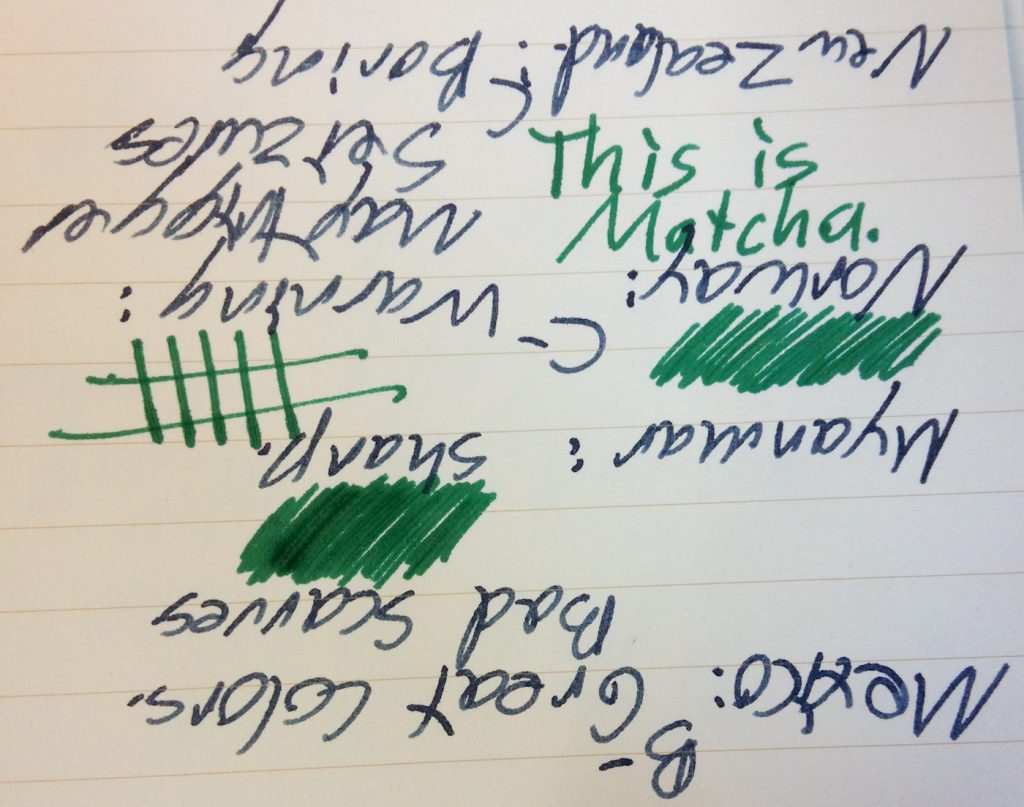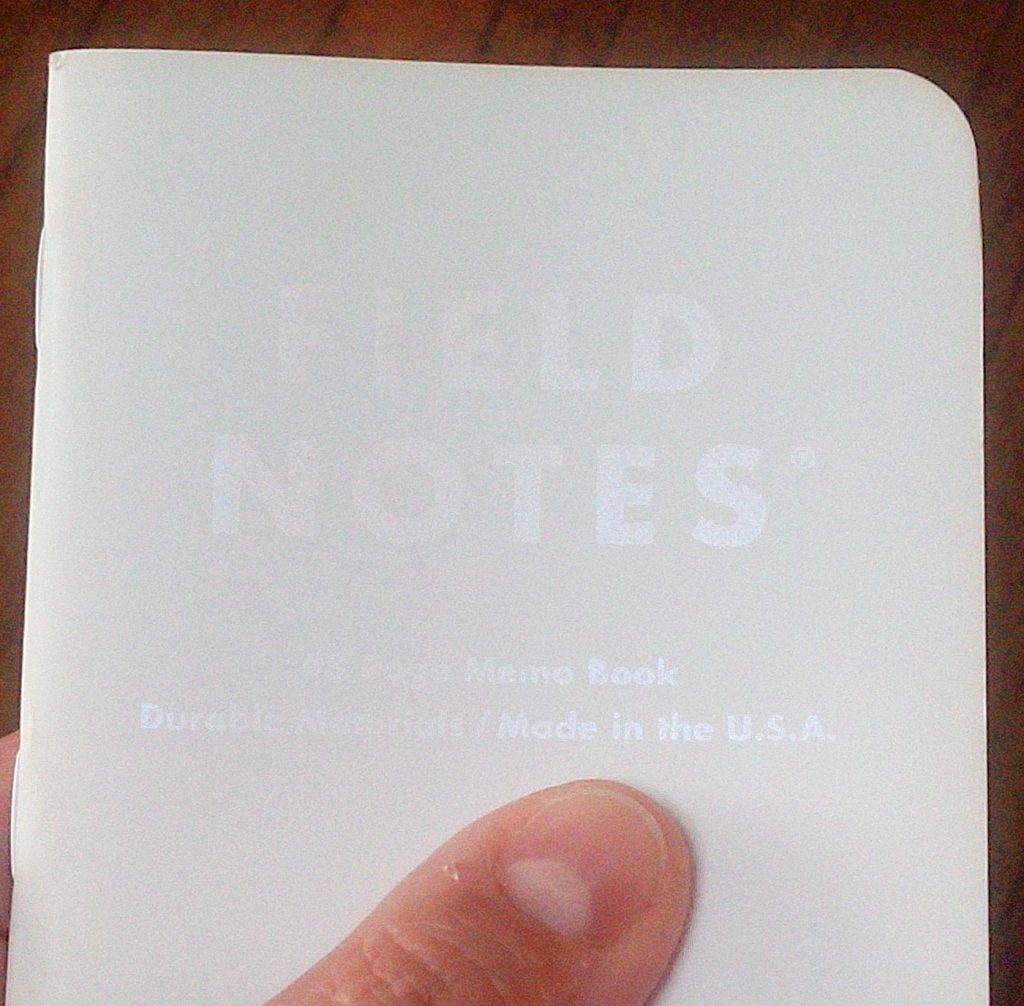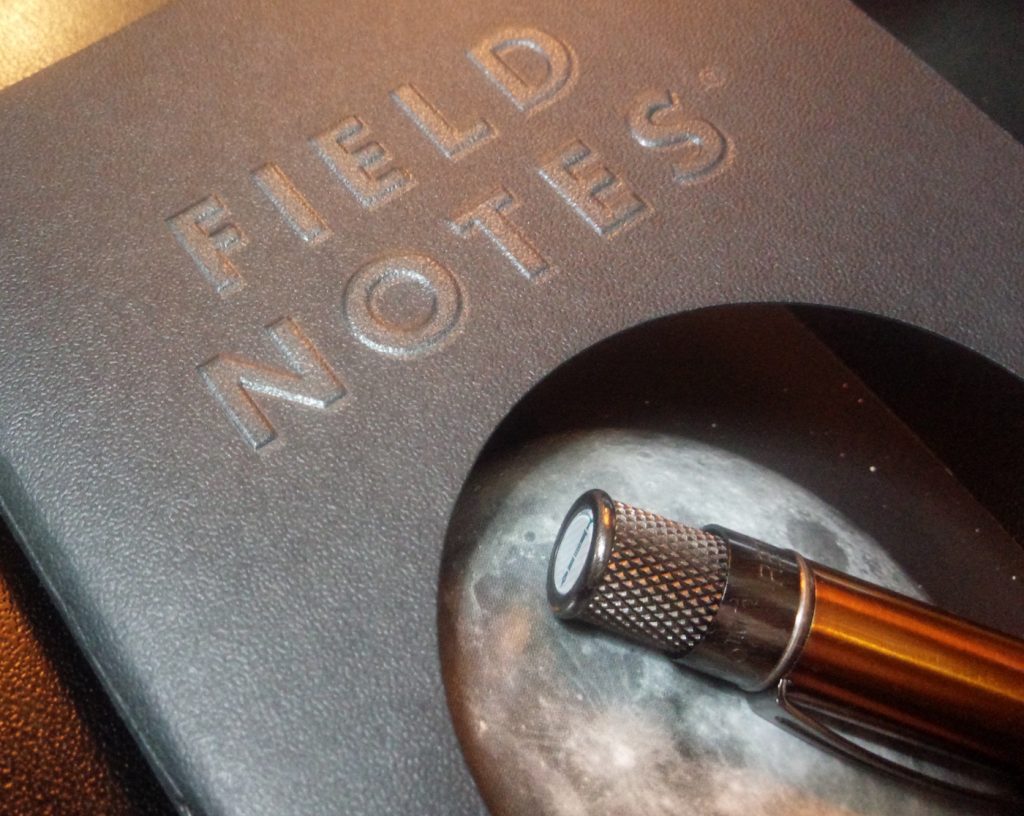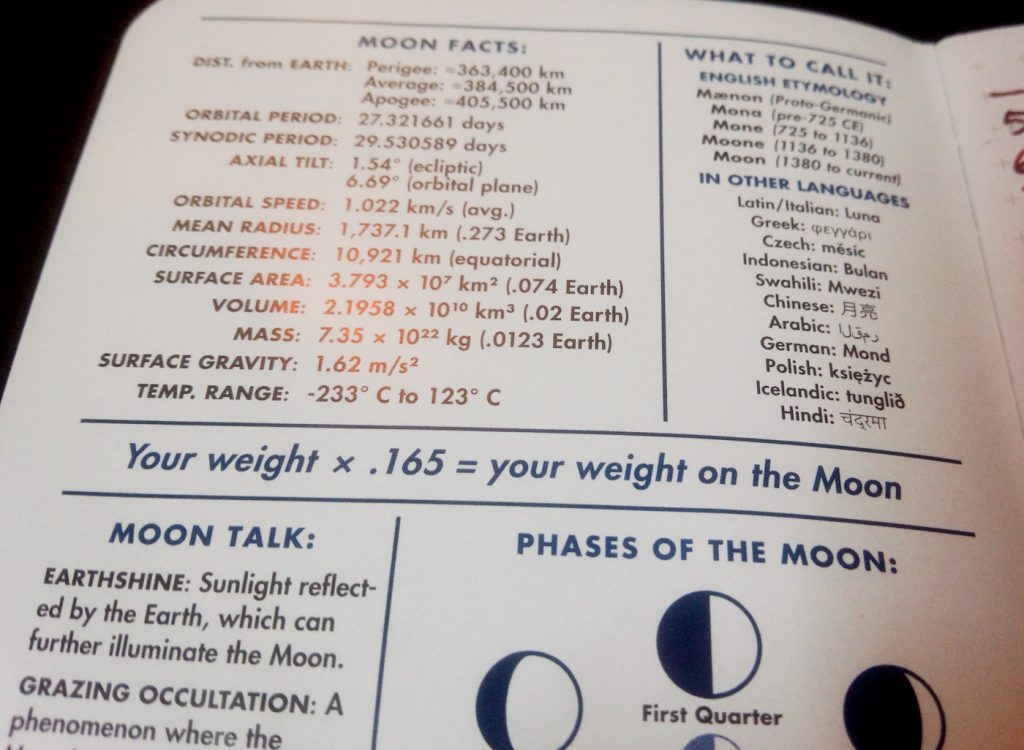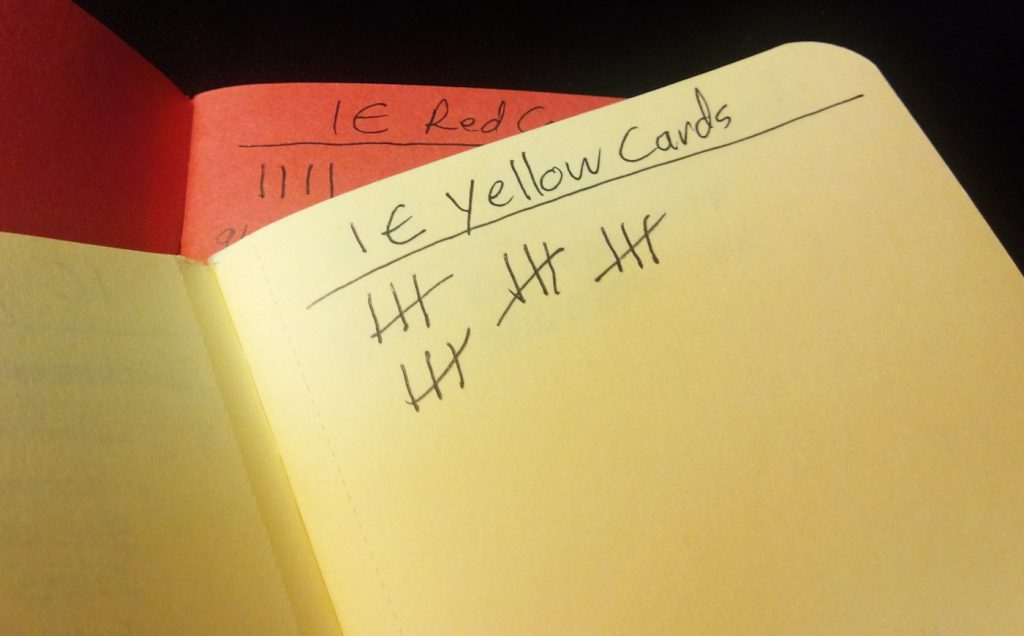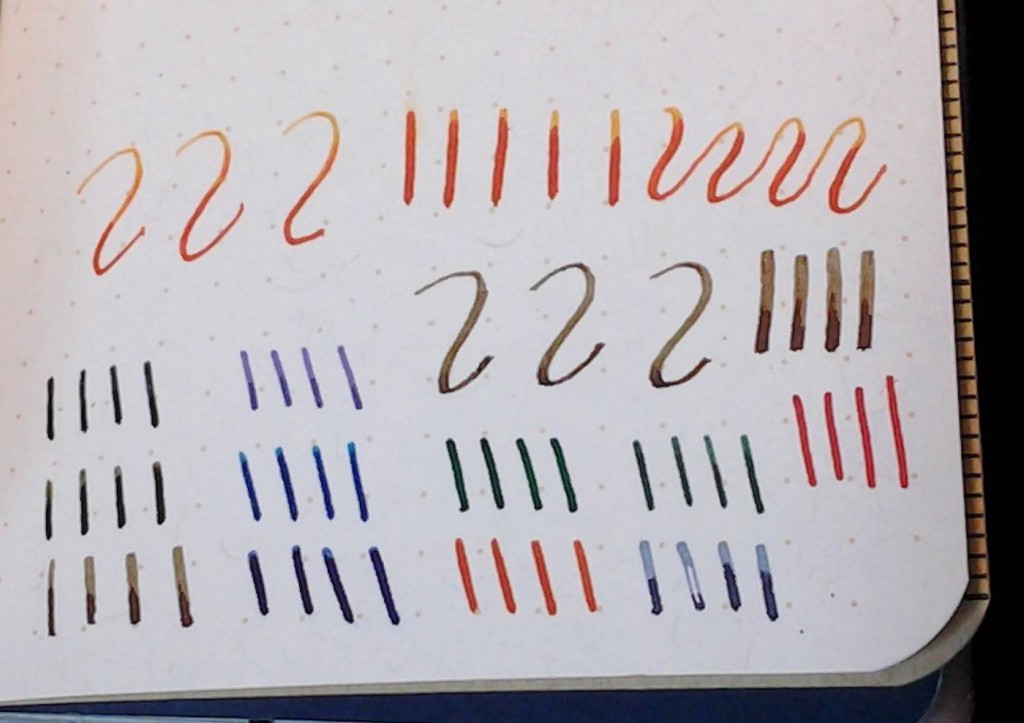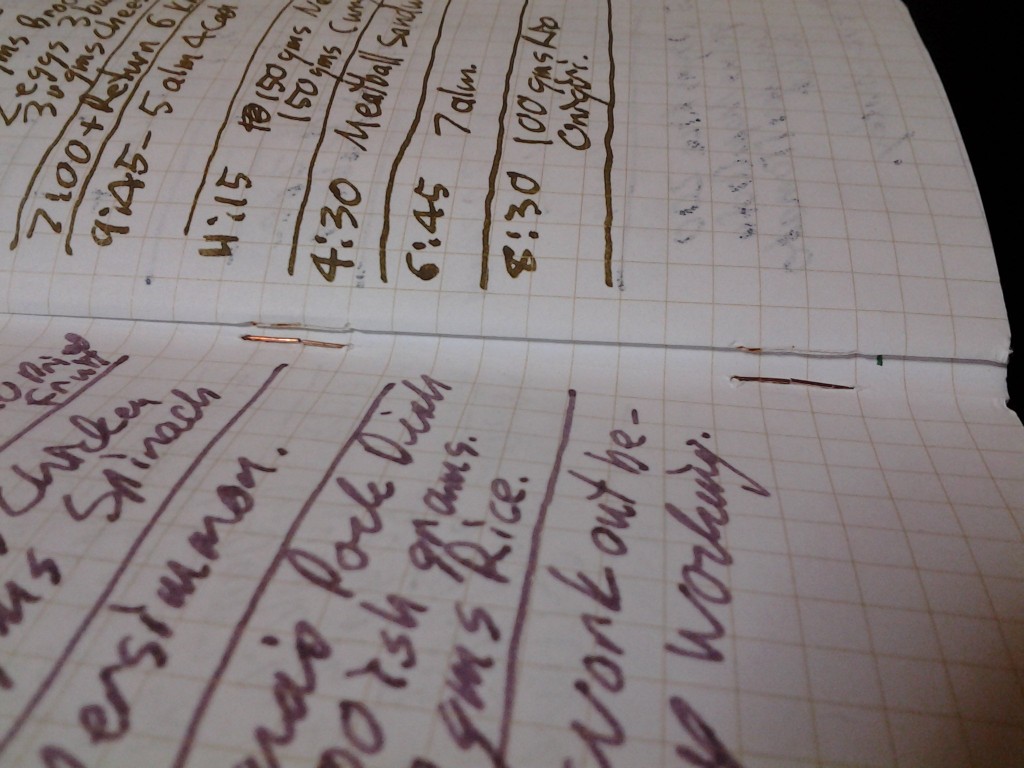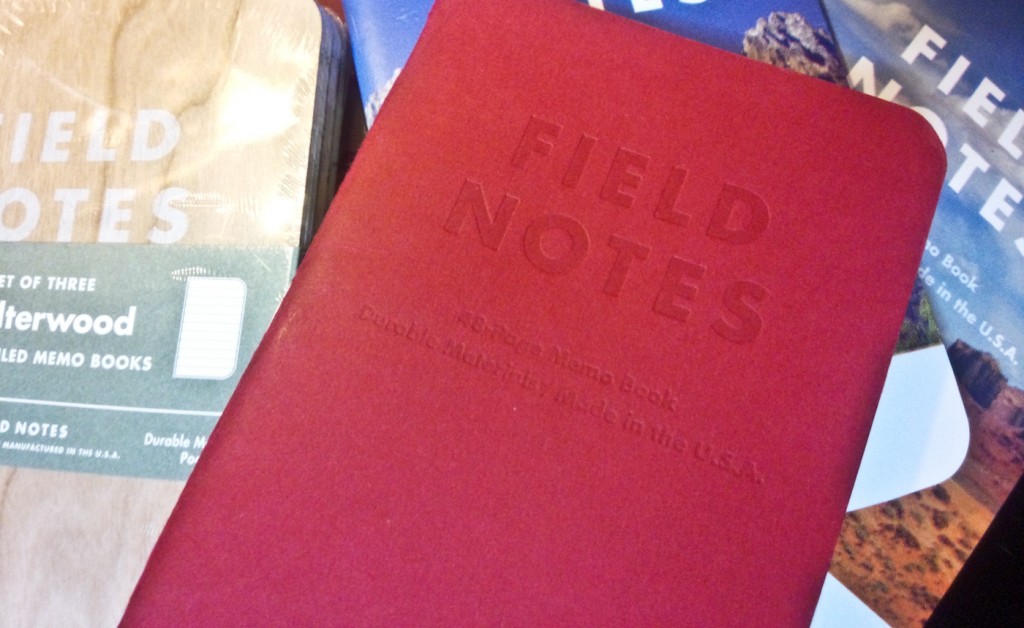I let my colleague from England handle one of my Field Notes Utility notebooks and he was so impressed by the paper that I gave him one of my copies.
The paper is what I like best about the notebook although there are a few issues with the notebooks themselves.
The Field Notes Utility edition has an attention getting Safety Yellow and black cover that has the interesting touch of showing you what flavor of paper is inside. The Utility comes in two rulings: Ledger and Engineer Grid.
(Note to Field Notes: How about a special set of notebooks served in three bundles of two: Two grid, two lined, and two blank? Or how about just a very special edition with blank pages? You could call it the “Shut-up Lively” Edition.)
I started with the ledger version because I figure it’s the version I’ll like the best. It’s the closest to lines and I’m not a huge fan of engineer grid pages. The ledger style also seems like a natural fit for a bullet journal, To-do lists, or 10 Ideas lists.
The paper itself is an impressive 70# “Pure White” Mohawk Via Vellum ruled in something called “Get-It-Done Gray,” (That should be “Git-R-Done” gray as that is what I always call it by accident. I understand that there may be trademark issues involved with that.) The paper makes it one of my favorite Field Notes notebooks as it handles fountain pens and fountain pen inks well. It even handled Wancher Matcha admirably.
It does have a lot of tooth to it, which means the only thing that didn’t feel right, and I found this very odd, were fine tipped gel pens. Also, my Pilot Prera stub nib didn’t work very well, but that may have been because of the Kyo-iro Stone Road of Gion ink which I find to be a rather dry ink, albeit with a terrific color.
Where most people have had problems is with Utility’s covers. First, because the notebook has heavy paper it is thicker than most Field Notes editions. This led to some people opening fresh packs to discover spines split from the first staple to the end. I didn’t have that trouble but it is something to be worried about when buying a pack.
The other issue people have had is the fact the cover comes with a built in fold-out ruler with both inches and centimeters. To accommodate this the back cover doesn’t completely cover the paper as if the cover had been poorly cut during the production process. I haven’t found this to be a problem, although it does feel funny when you flip through pages.
I like having the combined inches/centimeter ruler and plan to cut it off to use a bookmark for future editions.
Although the Utility is one of my favorite editions, at least in ledger form, it’s a difficult notebook to recommend for first time Field Notes notebook users. Although the color is great, the cover is odd. I’ve also not tried the engineer grid yet. As I suspect I won’t like it as much, it may be too soon to offer a proper review.


